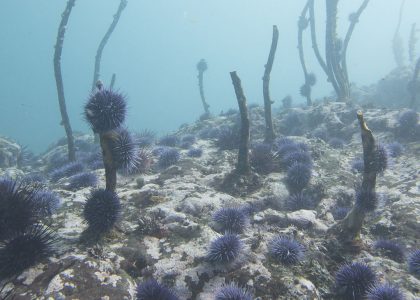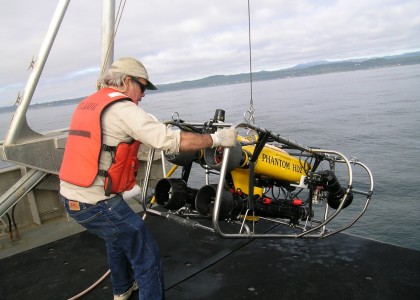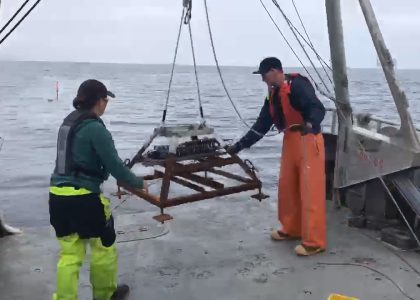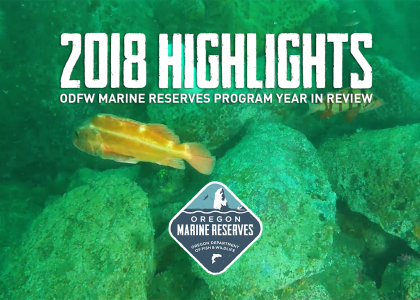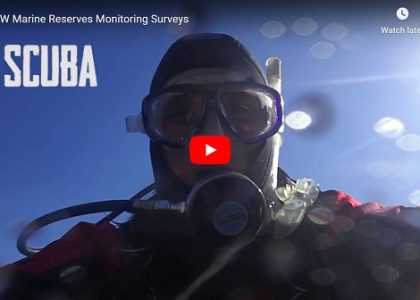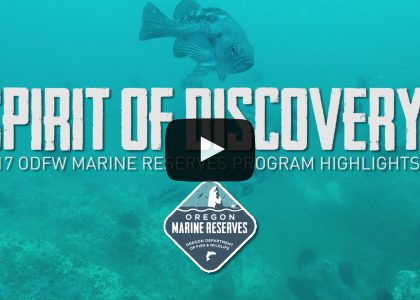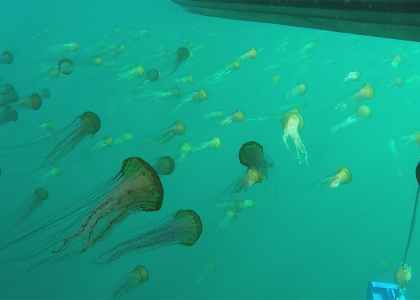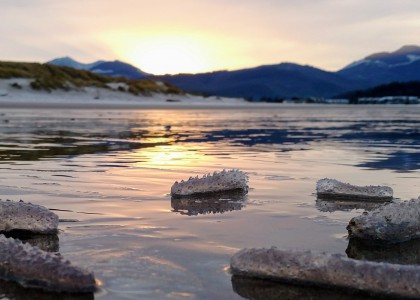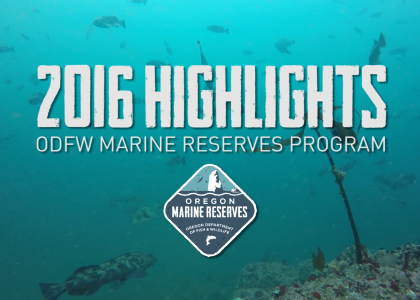Archives: Videos
ROV Highlights from ODFW
Underwater video collected by ODFW’s ROV helped in the initial documentation of hypoxia (low oxygen) off the central Oregon coast in 2002. More recently, the ROV has been used to show the impacts on marine communities post Sea Star Wasting disease. The ROV is also one of the core tools used to monitor Oregon’s reserves.
Oceanographic Sensors at Cascade Head
Watch as ODFW sets out oceanographic sensors at Cascade Head. These sensors collect data on temperature, salinity, and oxygen every hour of the day and are left in the water for several months. This helps us understand the oceanographic conditions at the marine reserve, such as when a hypoxia (low oxygen) event has occurred.
Research Tools and Surveys
Check out some of the research tools and surveys carried out by ODFW as part of our long-term monitoring of Oregon’s marine reserves. Highlights include footage from our SCUBA, video lander, ROV, and longline surveys. You’ll take a dip under the surface to see the animals and plants that call these nearshore waters home.
Strange Creatures Cast Ashore: Pyrosomes
In past years pyrosomes were rare finds on Oregon beaches. But in the winter of 2016 – 2017 they became as common as kelp in driftlines and in the spring they washed up in astounding numbers, awing beachcombers and spurring scientists to study why these creatures were appearing in unprecedented swarms.
